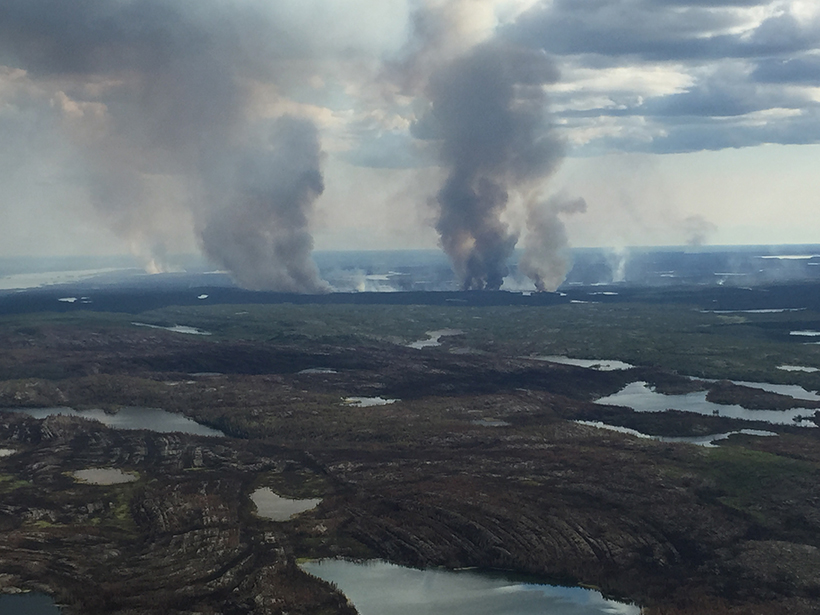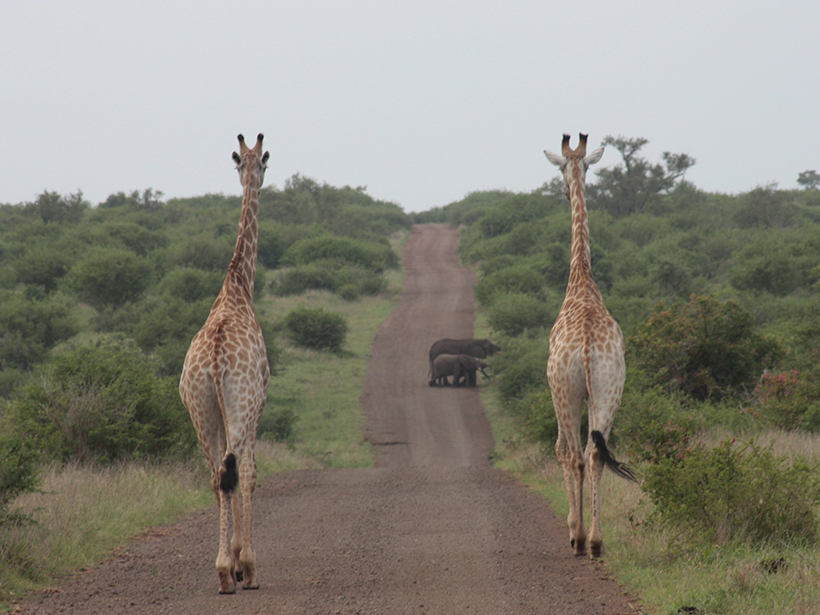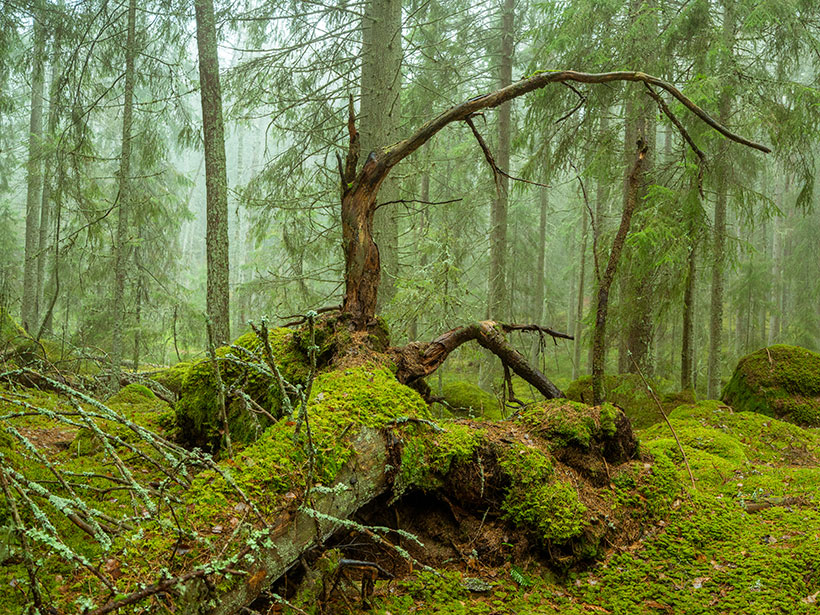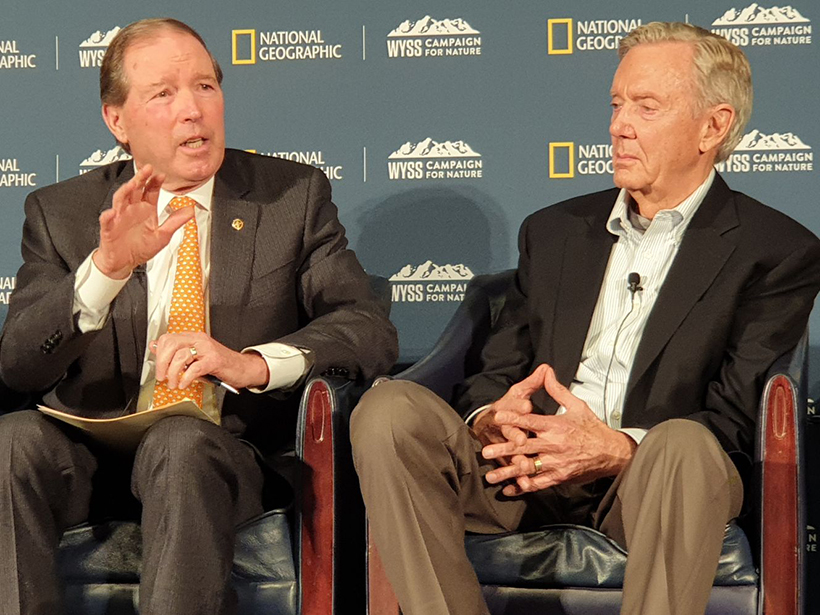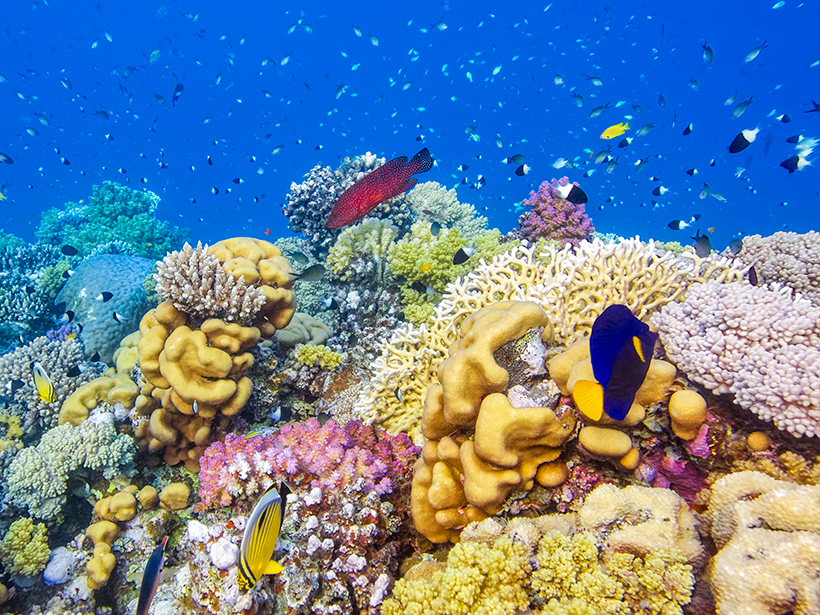New research documents how a warming climate contributes to patterns in wildfire severity and frequency and how the fires contribute to climate change.
biodiversity
Protected Areas Are Not Safe from Climate Change
A new study showing the most vulnerable protected areas—the poles and the subtropics—could help prioritize their care.
How River Capture Affects the Evolution of Aquatic Organisms
River basins are dynamic environments that are always changing and reorganizing under geologic forces. New research investigates how this shape shifting influences aquatic speciation and extinction.
Records and Risks of Legacy Phosphorus in Streams
A new study quantifies persistent phosphorus in a drainage basin in Sweden and points out risks and oversights to factor in to future stream management.
Europe Launches Biodiversity Strategy for the Coming Decade
Amid the coronavirus uncertainty, the European Union is standing by its Green Deal pledges.
Did Ozone Loss Cause the End Devonian Mass Extinction?
Ozone loss, perhaps as a consequence of a warming climate, may have been responsible for a catastrophic loss of biodiversity.
30 by 30: A Push to Protect U.S. Land and Water
The effort to conserve at least 30% of U.S. land and ocean by 2030 is part of an international push for conservation aiming to protect biodiversity and mitigate climate change impacts.
Plankton Biodiversity Mapped Globally
A team of scientists sailed around the world to catalog the diversity of plankton species in the ocean. Their findings have important economic implications as climate warms.
Australia’s Complex Intertidal Zones Mapped in 3-D
Intertidal zones support biodiverse habitats but have lost serious ground in recent decades to development, erosion, and sea level rise.
House Hearing Focuses on Why Biodiversity Matters
In the wake of a dire report on global threats to biodiversity, experts explain why the issue is so urgent, not just to the environment and to threatened species but also to people.

